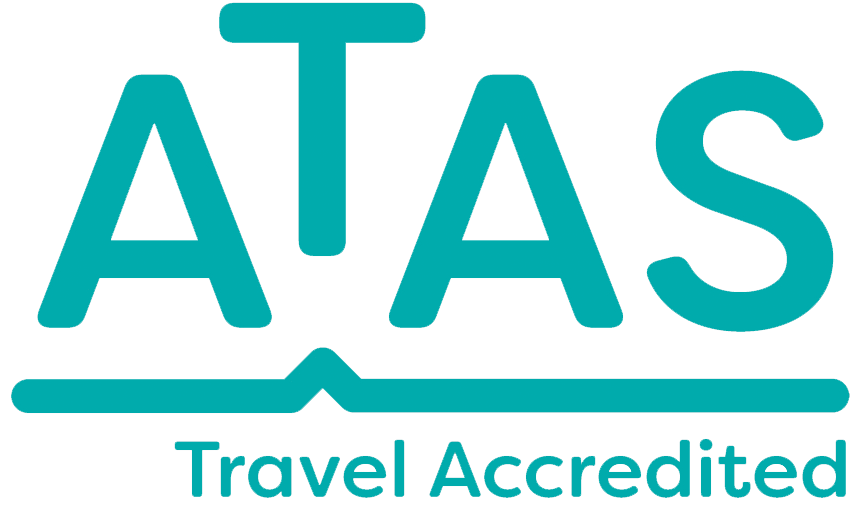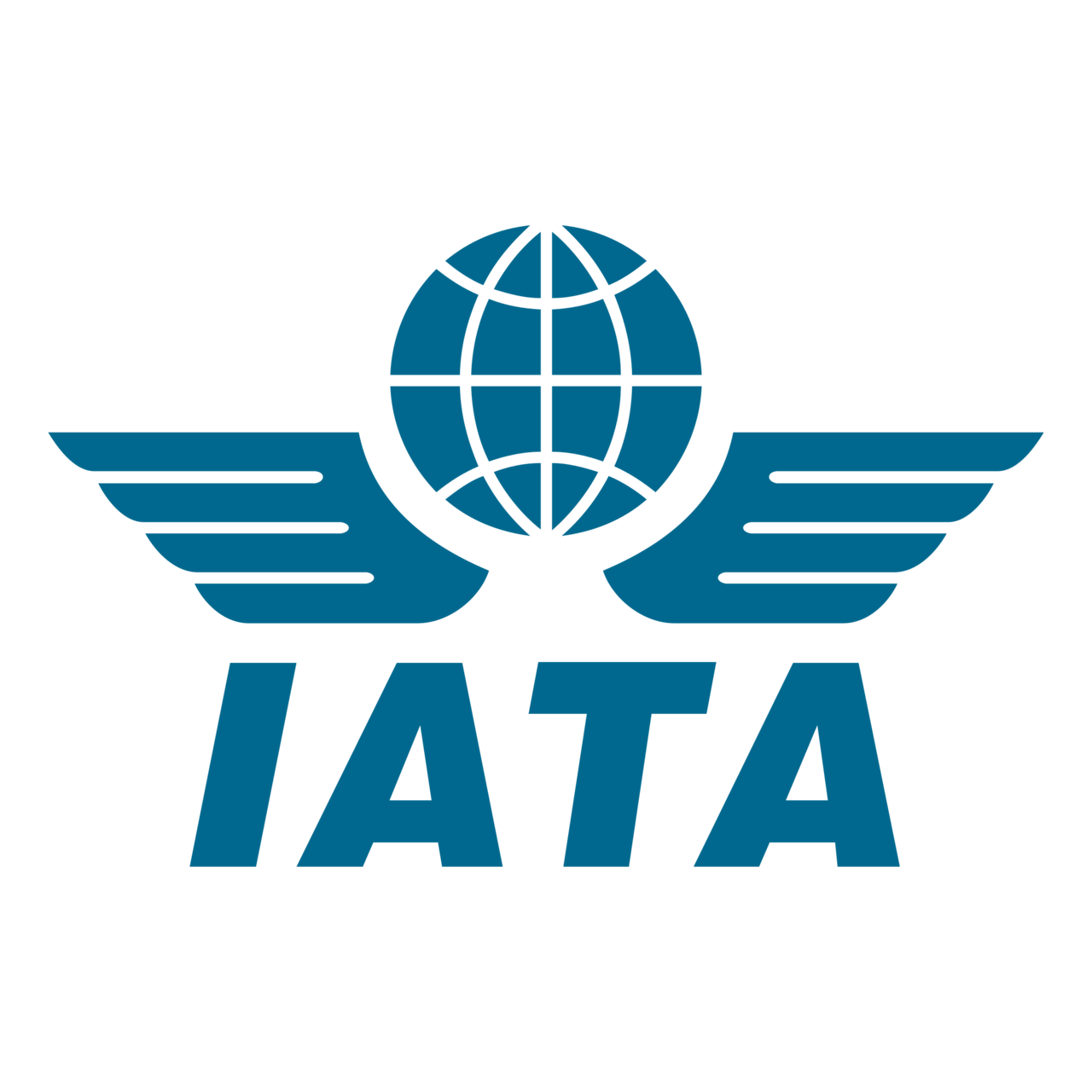- 1300 761 980
Here are some answers to the questions we receive the most about our services.
If we missed anything, please do not hesitate to contact us. We’ll be happy to help
You should be in possession of a passport valid for at least six months beyond your intended stay in Africa with at least six spare visa pages. If you do not already have a passport, apply for one early.
Australian passport holders currently require visas for Zimbabwe, Zambia (issued on arrival at a fee), Tanzania and Kenya, as well as many Central, West and North African countries.
Africa is a friendly continent. However, as with any city/town, please do not wander around at night in town, be very careful when shopping, and place high value items in a safe if leaving them at your hotel. Precautions like these and a little common sense will mean you can spend more time relaxing on your holiday.
The sooner the better! 9-12 months in advance is ideal. Africa books out extremely quickly, and this will this give you a greater chance of booking the accommodation you want.
You will always leave wishing you spent more time on this splendid continent! As it is a considerable journey to reach Africa, we recommend at least 10 nights to truly make the most of your trip. However, it depends which areas you visit and how many you wish to explore. Considerations include how remote your destination is, whether you are travelling by road or light aircraft and how often you want to stay in one place.
For most trips to Africa, the following vaccinations are recommended: COVID-19, Yellow Fever, Typhoid, Meningitis, Hepatitis A, (maybe Hepatitis B for longer visits), Polio, Diphtheria, Cholera, Tetanus and Malaria. Whilst these vary depending on the countries visited, length of time away and the type of accommodation and transport used, we do recommend that these and your other health needs be discussed with your doctor or specialist travel medical centre. We can advise you on the most suitable health precautions to take in relation to your itinerary, but it is your responsibility to ensure that you have the appropriate vaccinations and documentation.
The choice of the correct camera equipment and film will determine the quality of your photographs on the trip. For good photography of birds and animals, a good SLR camera and telephoto lens is necessary. A zoom lens can be extremely useful on safari and the minimum recommended size is 200mm. Consideration should be given before traveling with any lens bigger than 400 mm as most interesting shots are taken using hand held equipment. The new high-resolution digital cameras are outstanding and give great quality images, especially if you are using a digital camera body, which takes normal camera lenses. Camera bodies like the Canon D60 and 1D are superb. The advantage of digital photography is that one can get instant feedback and adjustments can be made in the field to your techniques to ensure that your photographs are the quality that you would like.
Colour reversal film (slides) will give far better quality than prints. The guides have found that they are getting the best results using Fuji film. Fuji has brought out a good high-speed film that gives good colour with very little grain (less so than any of their competitors). This is especially useful when using a big lens in low light situations. The guides’ personal preference is the slower film (either 50 or 100 ASA) as this gives almost perfect quality for normal light. However, you may consider going to 200 ASA for a larger lens in low lighting conditions. The Fuji 400, we believe is giving great results too. The only disadvantage with the low ASA film is that you need a tripod for the early morning and evening shots.
Important: bring spare film (although it is available in most camps/lodges) and a spare camera battery.
When on safari, a lightweight, versatile wardrobe is most suitable. The weather fluctuates between extremes of heat and cold, meaning layers of clothing are the best option. Please note that bright colours and white are not advised whilst on safari.
Tipping is not compulsory. If, however, you want to tip because you have received good service, we have enclosed a brief guideline to assist you:
Camp, Game Lodge and Specialist Guides
If the guide has done a good job, we recommend US$5 per guest per day for travel to Botswana, Zambia and Zimbabwe and R50 per guest per day for visitors to Namibia and South Africa.
The General Safari Camp / Lodge Staff
Here we recommend about US$3 per guest per day for safari camps in Botswana, Zambia and Zimbabwe and R30 per guest per day for safari camps in Namibia and South Africa. This should be placed in the communal tipping box to be distributed equally amongst all the staff at a later stage.
Hotel Staff
Please allow between R5 and R10 per guest per day for hotel staff, i.e., housekeeping etc.
Porterage
Here we recommend about US$1 per person per movement.
Mokoro Paddlers and Trackers
We recommend that each paddler and/or tracker in Botswana, Zambia and Zimbabwe receive US$3 per guest per day and that camp / lodge trackers in Namibia or South Africa receive R35.00 per guest per day.
Transfer and Touring Driver/Guides
Transfer: R10 per person
Half day tour: R25 per person
Full day tour: R50 per person
Blue Train and Rovos Rail
Cabin attendant R100 per person per journey
Waiter, Dining Car R75 per person per journey
Restaurants / Hotels
10% is customary on meal accounts but only if you are satisfied with the service.
Whilst these establishments offer an incomparable, authentic bush experience, they come with a few considerations. Situated in the wilderness, they are often unfenced, and animals of all sorts can (and do!) wander through the camps. Many of the animals you will see are potentially dangerous, however attacks are quite rare. Nevertheless, this cannot be guaranteed. African Travel Specialists, their staff members, associates, agents or suppliers cannot be held liable for any injuries caused during an incident involving the behaviour of wild animals.
Although this must be said, the camp staff and guides are there to keep you safe. A few tips to keep in mind are:
You should take most of your money in travelers cheques in US Dollars, Pounds or Euro. It is strongly recommended that you carry some US dollars cash in small denominations, as well as credit cards such as Visa or Mastercard.
Australian citizens must have a passport valid for at least six months following their return home. Tourist visas are required for Australian citizens. If you are not an Australian citizen, please contact the embassy of your country or Indian embassy to be sure you obtain the proper documentation.
India is a vibrant country with bustling cities and towns, and it can often be overwhelming. However, it is generally safe for tourists. As with travel in any foreign country, it is important to be vigilant and use common sense. Do not wander around at night in town, be careful when shopping, and place high value items in a safe if leaving them at your hotel. Precautions like these and a little common sense will mean you can spend more time relaxing on your holiday.
Spirituality is at the core of life in India, so be respectful of the different customs, especially when visiting religious sites such as mosques, temples and churches. Do not wear shorts/revealing clothes, women may be asked to cover their heads, and leather goods (including camera cases, belts & handbags) may be prohibited.
The currency of India is Rupee (Rs). One rupee is equal to 100 paise. Notes come in the denominations of 1, 2, 5, 10, 20, 50, 100 and 500 rupees. Rupees in large numbers may not be brought out of India. UK Pounds / US dollars are easy to exchange at the cashier’s desk in the hotels for which you will require the passport.
Major credit cards are gaining acceptance in India, the most common are American Express, Visa and Mastercard. These cards can be used at most hotels, restaurants and shopping centres. Local markets and roadside vendors generally do not accept the cards. It is recommended not to rely on any one form of exchange when visiting India. You should carry with you a combination of cash, traveller’s cheques and credit card/s.
Avoid tap water and roadside fruit juice centres. Drink only bottled water, and check the bottle is sealed.
Immunization against COVID-19, Cholera, Typhoid, Malaria and Hepatitis is recommended for travel to India. However, we strongly recommend checking with your GP regarding your personal needs.
Australian citizens must have a passport valid for at least six months following their return home. It is recommended you have at several visa pages free.
Depending on your nationality and the country you wish to enter, visa requirements vary. Most countries do not require a visa at all such as Argentina, Colombia, Peru and Bolivia. In other countries, such as Paraguay, visas can be obtained upon arrival.
Although there are dangerous situations and ongoing conflicts in parts of South America, it is generally a safe country to travel. These circumstances are usually easily avoidable and you can minimise general risk by exercising common sense as you would in any country.
What you pack depends greatly on your destination- are you hiking in Patagonia or cruising in the Galapagos? Are you exploring the vibrant streets of Colombia or taking a step back in time on the island of Rapa Nui? Below are just a few suggestions, but don’t be afraid to ask our expert travel consultants for advice.
Each country has a different currency, something to keep in mind if you are planning on spending time in more than one place. In most countries, major credit cards (Visa, Master Card, Diners and American Express) are accepted at key establishments. However, Visa is the most widely recognised.
Like many countries/continents, it depends where you are exactly. For instance, despite Lima being a major city the drink water is not potable. Always check with your hotel prior to drinking tap water. Otherwise, your accommodation should provide filtered or bottled water.
You should be in possession of a passport valid for at least six months beyond your intended stay in Africa with at least six spare visa pages. If you do not already have a passport, apply for one early.
Although there are no visa requirements for Antarctica, to arrive in Antarctica you will need to travel through Argentina or Chile in South America. All passengers are responsible for obtaining all necessary passport and visas prior to the departure of your voyage.
Travel insurance is mandatory. You must be covered in case of a medical evacuation
Your ship will have a doctor onboard. There is also a medical clinic that is stocked with a supply of common prescription medicines and basic first aid equipment. If you take regular medication, please bring a sufficient supply of the medicine for the duration of the cruise.
If you are using a digital camera, bring plenty of memory cards. Don’t forget to take spare batteries, since cold temperatures reduce their life span considerably. If you can bring two cameras & lenses from 28 mm to 200 mm telephoto, or, if you have one, a 500 mm lens for close ups. Don’t forget a wide-angle lens to capture the real expanse of this unique continent.
When photographing, do not approach wildlife. Always respect the minimum distance of 5 meters and get close via a zoom lens. Be aware that Antarctic conditions can be very harsh on camera equipment. Carry plenty of protection for your camera against salt spray, snow, and rain. Please bring sealable cases, waterproof day packs or ‘dry bags.’ DO NOT bring lightweight plastic or rubbish bags as these can be easily blown away and are contrary to our environmental obligation under the Antarctic Treaty.
Everyone reacts differently to sea conditions, whether during the crossing of the infamous Drake Passage or even during calmer seas. We advise that you come prepared- ask your doctor to prescribe an appropriate seasickness medicine for you. Before you leave home, please read your dosage instructions as most preventative seasickness medicine must be ingested ahead of time, while you are still feeling well. Be sure to bring enough medication for the duration of your voyage.
Excursions off the boat are by Zodiac and on foot so it’s important to have a waterproof outer layer, including waterproof pants, gloves and hat. Some cruise companies will provide a waterproof parka and waterproof expedition boots for the duration of your voyage. Our Antarctic Travel Specialists will be happy to confirm what amenities are provided.
Tipping is not compulsory. However, if you want to tip because you have received good service, we recommend US$10-12 per passenger, per day that you are on the ship. Tipping is best in US Dollar cash.
The Antarctic weather is always an unknown factor and is usually very changeable. Temperatures can be cold, though not perhaps as cold as you might expect. On calm sunny days it can feel quite warm. But wet, windy weather must also be expected. During the summer months (October to March) the temperature can range from -2° to 8°. Big storms are rare, but if one comes through the temperature could drop to -8°.
Suite 2, 1st Floor
261-271 Wattletree Rd
Malvern VIC 3144



For tailor-made itineraries or enquiries…